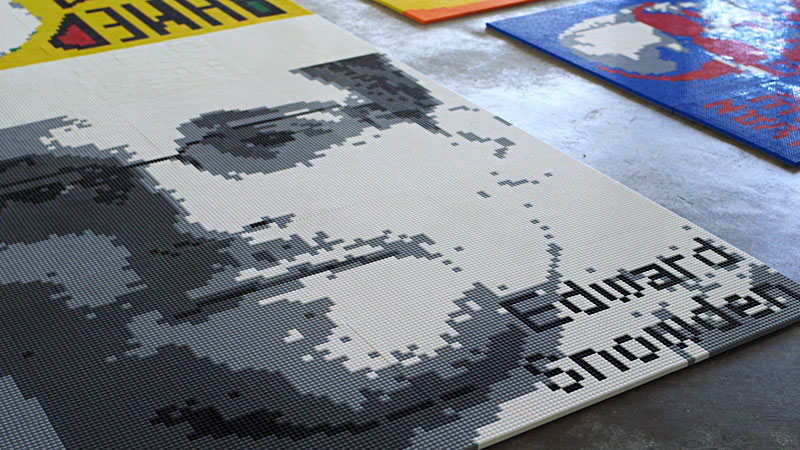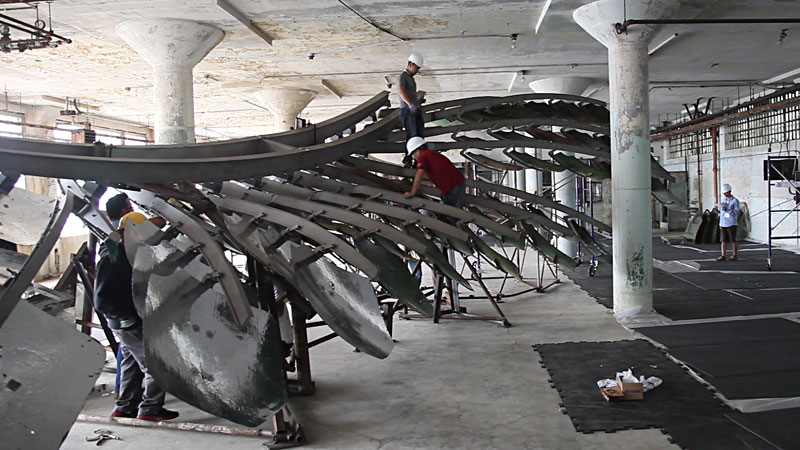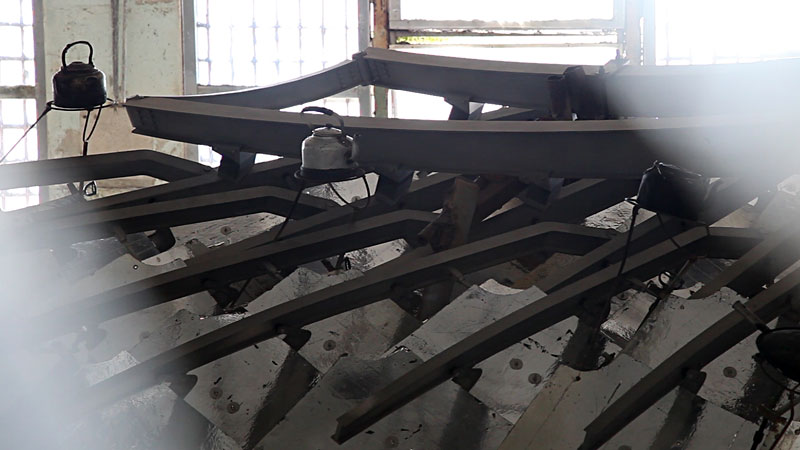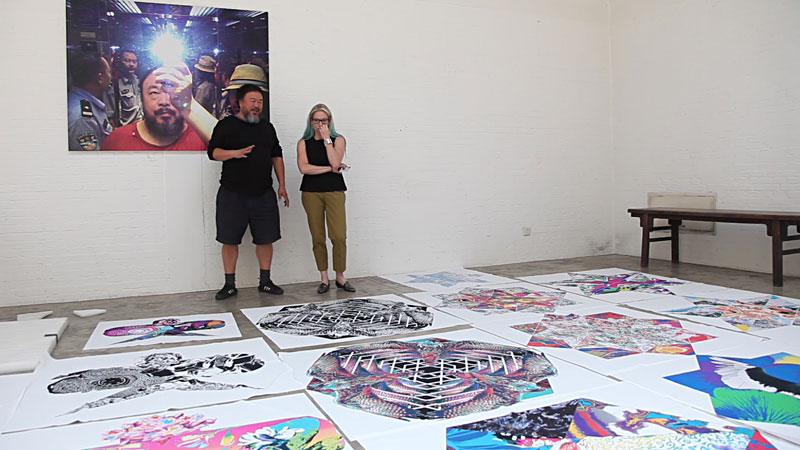Clik here to view.

Clik here to view.

Clik here to view.

Clik here to view.

Next week, organizers will unveil an unusual public art exhibit on Alcatraz. The installation is expected to draw a record number of visitors to the island during a seven-month run, but the international art-star behind it won’t be attending.
That’s because Chinese dissident-artist Ai Weiwei is unable to leave the country, his passport confiscated by authorities following an 81-day detainment for alleged tax evasion.
Ai Weiwei is perhaps best known for his work on the elaborate Birds Nest stadium created for the 2008 Beijing Olympics, but his work – often conceptual in nature and political in theme – spans all media, from video to woodworking (for a crash-course on his career, see this “Ai Weiwei Top Ten”).
The seven major new sculptural and mixed-media works now being installed in the former military fortress and penitentiary employ everything from Legos to teapots and bamboo to explore themes of freedom and confinement. Installation by a team of Ai’s assistants and local installers and volunteers has been a dizzyingly complex process. In addition to the fact that the artist can’t leave China, Alcatraz is both a bird sanctuary and a national historic site. That means, for example, that none of the walls can be disturbed.
“It’s actually the opposite of a museum,” said Greg Moore, head of the Golden Gate National Parks Conservancy. “The lack of water on-site, the generated electrical power, no climate control — but it will be an amazing museum for this art work.”
To check on the progress of this unusual artwork, KQED visited the island recently. The photos here are a first-look at the exclusive coverage KQED will unveil in the coming weeks.